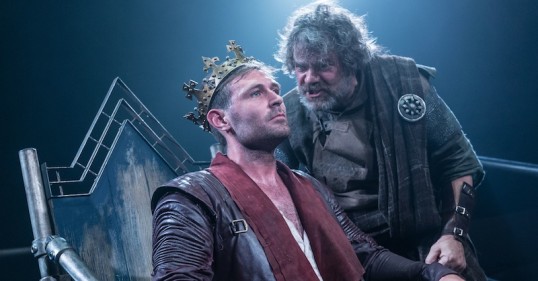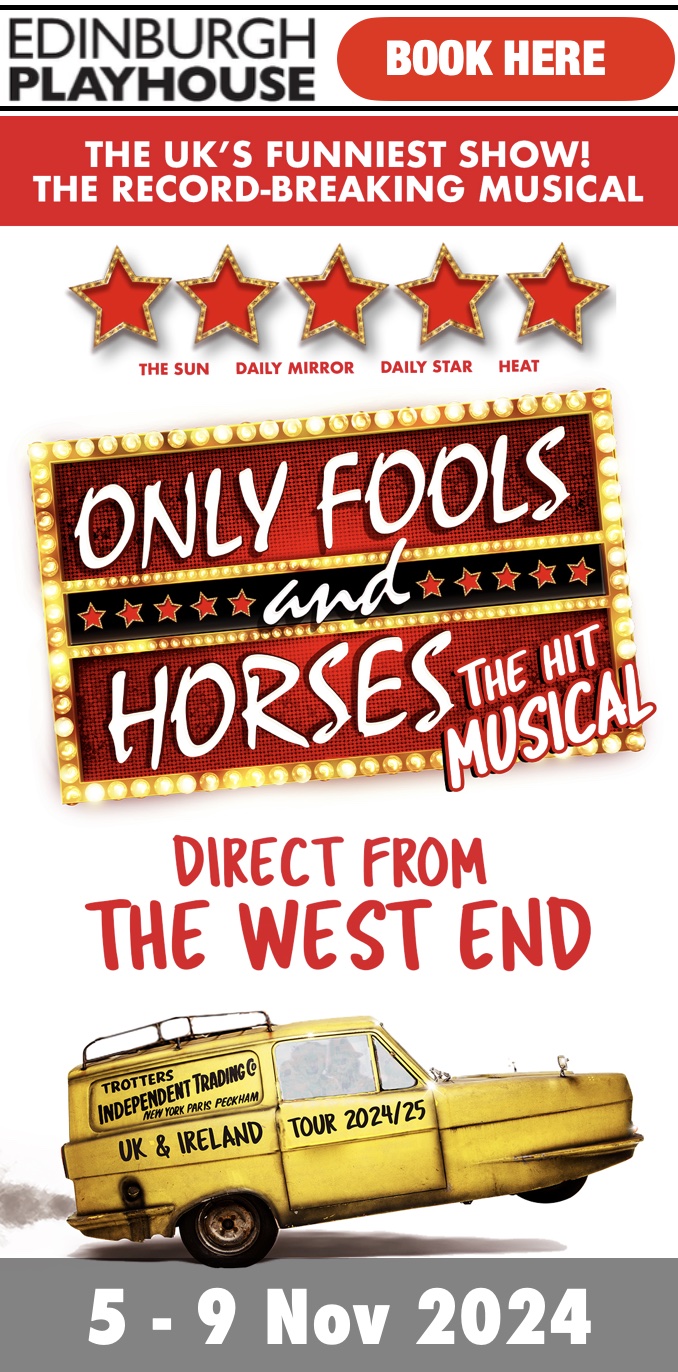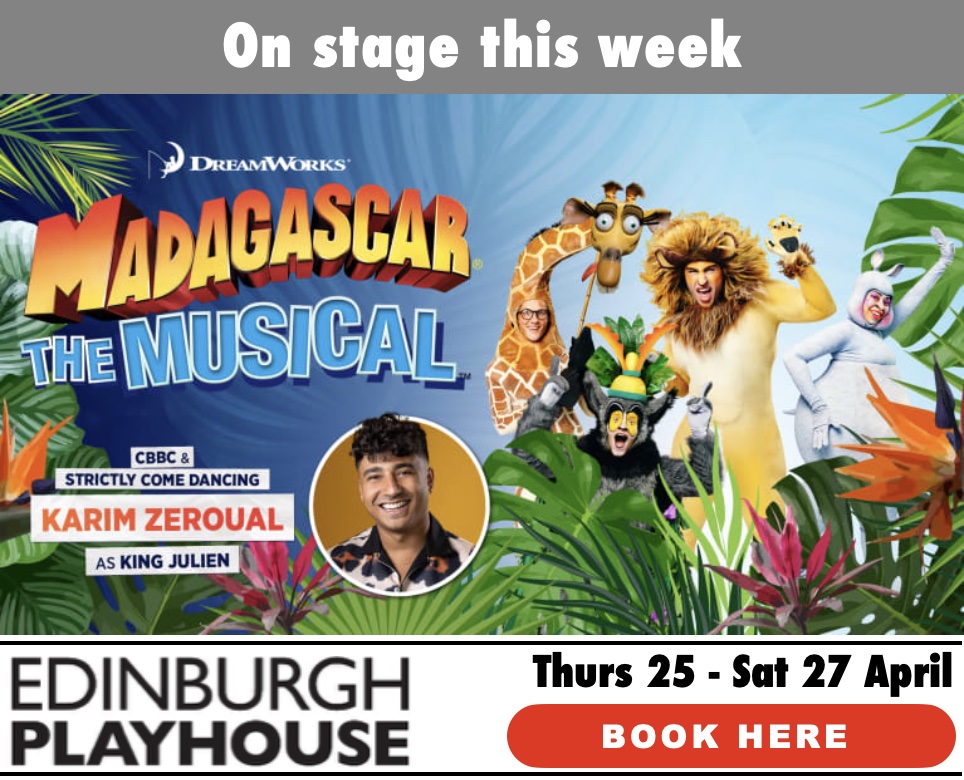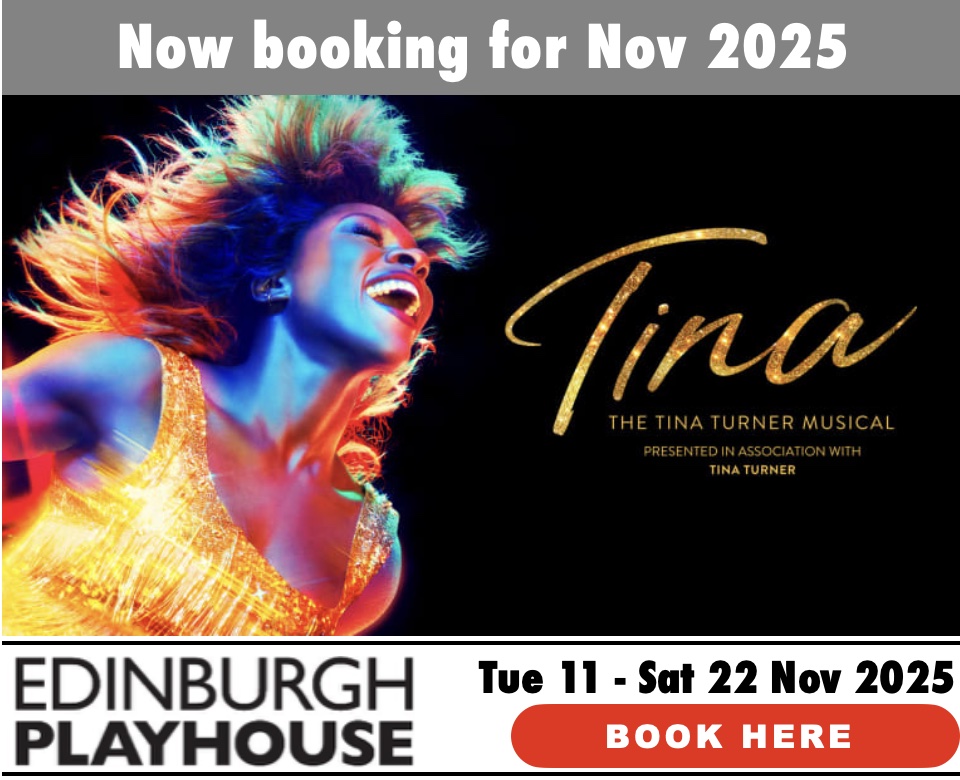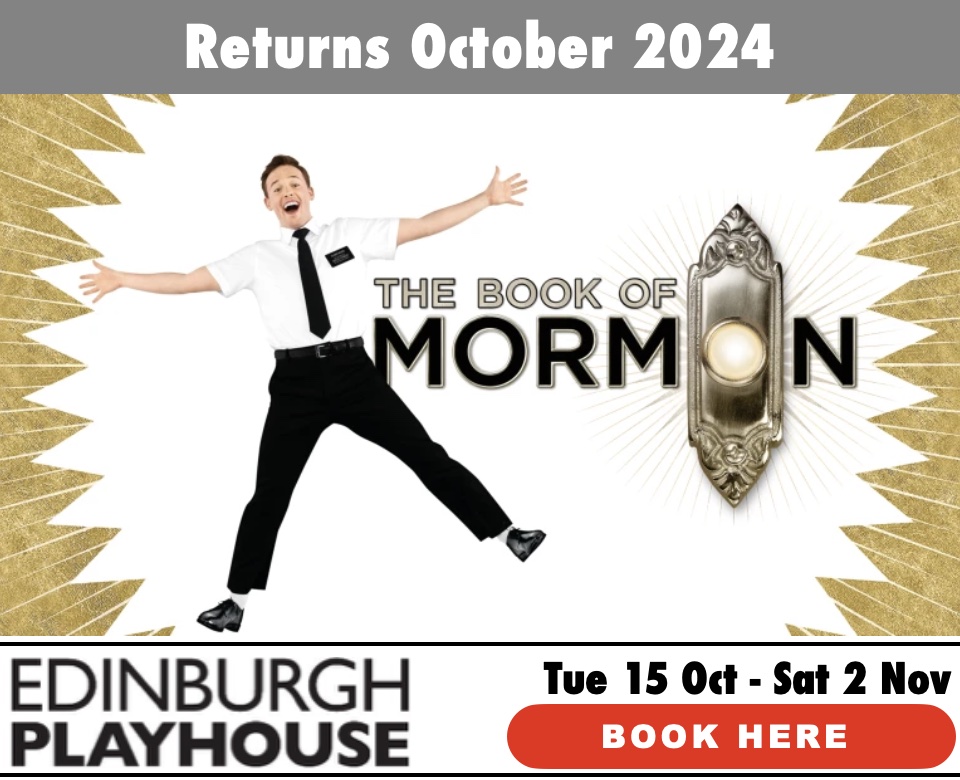The James Plays – An Overview
★★★★☆ Event theatre
Festival Theatre Sun 10 – Fri 22 Aug 2014
The confidence, skill and sheer brass neck demonstrated in The James Plays mean that any drawbacks in individual parts are submerged in the feeling that this is an Event with a capital E. Not just in theatrical terms – although goodness knows they qualify on that score – but possibly culturally and historically too.
Taken together, the whole is greater than the sum of the three parts, and it is recommended that they should be seen as a unit. If this is not possible, then all have strengths and weaknesses, but the first play would probably have the most impact on its own and the second would be the most puzzling out of context.
There are some notable performances throughout, with many of the cast featuring in all three plays. The three contrasting kings are all strong, Sofie Grabol is excellent in James III, Blythe Duff is terrific, and Gordon Kennedy impresses in three different roles.
The very different atmosphere in each of the three parts provides necessary variety and is a testament to Laurie Sansom’s versatility as a director. Technically, all three productions are impressive and the marshalling of resources both onstage and off is remarkable.
However much of an achievement the sequence may be, there are (as there will always be) opportunities that have been missed. Rona Munro’s writing is clever, funny and illuminating, but ultimately there is a slight lack of light and shade, and an absence of poetry. In the end the closest thing the whole experience has to mythic grandeur is the huge sword piercing Jon Bausor’s mighty set.
a varied, entertaining and praiseworthy cycle
The tired references to the Scottish climate and diet would be acceptable were they somehow being undercut – instead they just supply cheap laughs. And when the chance appears to provide greater resonance, it is squandered by Margaret’s ‘you lot… when the chance comes look at you! What are you frightened of?’ speech, which is too obviously addressed to the audience, being signposted by some unusually unsubtle lighting, and whose power is largely dissipated.
The only liberties taken with history are for understandable dramatic purposes, but some of the emphasis seems wrong. The depiction of Scotland as a violent, factionalised place is taken too far. In reality it was no worse than any other European country. With the possible exception of when James I was killed, the dynasty never really appeared to be under threat, and anyway, there must be other ways of judging a nation than by the fate of its monarchs.
These quibbles aside, the three plays represent an impressive achievement. Taken in one sitting, they provide a varied, entertaining and praiseworthy cycle whose importance may take some time to be fully realised. The National Theatre of Scotland has proved itself well capable of punching its weight in a collaboration with the ‘other’ National Theatre and the confidence on show should be a marker for the future – whatever happens next.
Festival Theatre , 13-29 Nicolson St, Edinburgh EH8 9FT
The whole cycle can be seen on Sat 16, Sun 17 and Wed 20 Aug beginning at 12 noon
Details from: www.eif.co.uk/jamesplays
On Tour to London:
The Olivier Theatre, National Theatre, South Bank, London, SE1 9PX.
Wed 10 Sept – Wed 29 Oct 2014
Various times
Details on NT website: www.nationaltheatre.org.uk/series/the-james-plays
ENDS








